
© Keith Sutter. (Click image for larger version)
Smuin Ballet
XXtremes: Dear Miss Cline, Return to a Strange Land, Carmina Burana
San Francisco, Palace of Fine Arts Theatre
5 October 2013
smuinballet.org
www.palaceoffinearts.org
All dance companies suffer from growing pains at various points in their development. That’s the normal progression. Steps forward, then back, struggles to survive, then thriving until the next catastrophe. The Smuin Ballet is on the edge of breaking through to a new phase, much like an adolescent in the throes of an identity crisis. The company started out as a forum for Smuin’s own choreography and did expand when Smuin cultivated new work by company members such as Amy Seiwert, who is now choreographer-in-residence. Celia Fushille took over the artistic directorship in 2007 after Smuin’s death and began curating work from outside choreographers, both works that had been originally made on other companies and new commissions. Not only did this broaden the appeal of the repertoire, but also gave the dancers artistic challenges that spurred them to higher levels technically and expressively. This fall season’s twentieth anniversary XXtremes program straddles both sides of the company’s history.

© David DeSilva. (Click image for larger version)
Amy Seiwert’s Dear Miss Cline debuted in 2011 and is yet another in a long line of ballets that puts a bunch of songs, either by the same composer or performed by the same singer, together and adds the steps. Smuin did this with the Beatles, Gershwin, Elton John, and Sinatra, and Twyla Tharp spent most of her career fashioning these. While the audience really goes wild over this kind of work, I try, instead, to focus on the dancers, and here they are first-rate – energetic and precise with Erin Yarbrough at her always effervescent best. Jonathan Dummar and Jane Rehm stand out in expressing their sincere emotions. They never play to the crowd, but give the satisfaction in being real. Dummar always projects his lines beyond where everyone else stops, makes breath-catching transitions between sequences of steps that don’t seem possible to bridge, and moves inside the music to reveal its shape.
Jiří Kylián’s Return to a Strange Land belongs to another genre entirely. It was choreographed in 1975 in memory of John Cranko, artistic director of the Stuttgart Ballet where Kylián was then dancing, who had died unexpectedly on the plane returning from its successful American tour in 1973. Over the history of dance, loss and grief have provided both inspiration and thematic material for new works, often in very different ways. Compare the classical narrative ballets Swan Lake and Giselle to Kurt Jooss’ The Green Table and AntonyTudor’s Dark Elegies set to Mahler’s Kindertotenlieder (Songs on the Death of Children). Kylián brings a new, more abstract dimension to those life themes. Without any Graham-ish mythologising or agonising, Kylián’s steps themselves and the relationship of the dancers’ bodies to each other suggest a sombre mood of reflection, introspection and understated interaction. While Romeo lifting Juliet overhead reads as the ecstasy of young ardour, two men swinging a woman into the air, her legs held tightly together, knees halfway to her chest, her body nearly parallel to the ground, elicits an entirely different, perhaps even ambiguous, response.
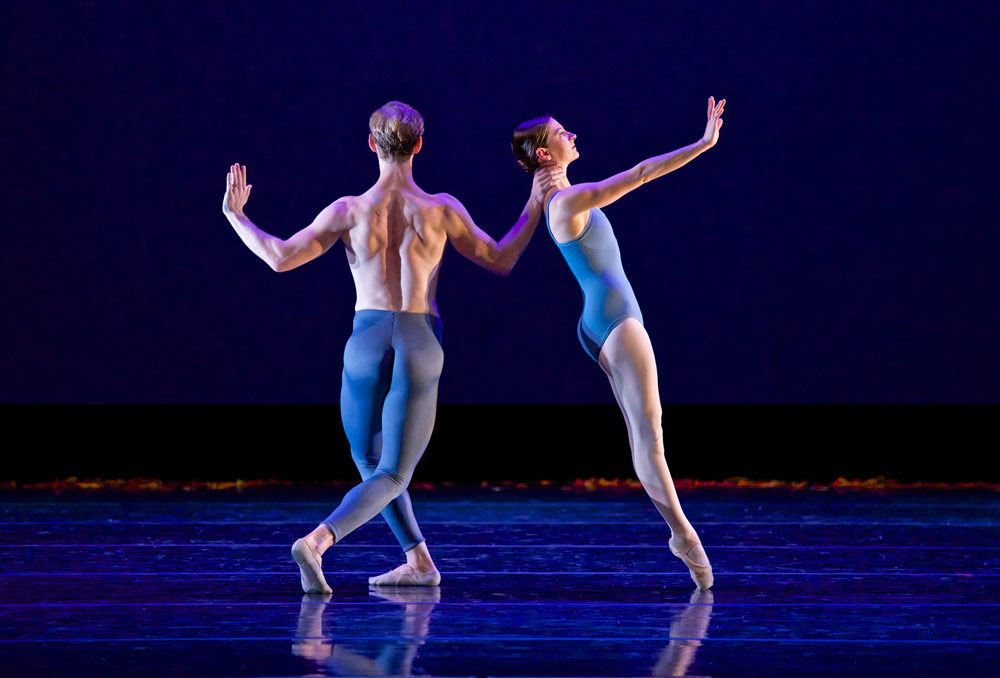
© Keith Sutter. (Click image for larger version)
It is telling that there is only one cast listed for the ten-performance run. Of course there are understudies, but this piece requires such depth of involvement that it makes sense to let one cast completely immerse themselves so they can bring out all the nuances and meanings. These six dancers, particularly Terez Dean, Dummar, Ben Needham-Wood, and Rehm, do a fine job and will continue to grow and refine their interpretations.
The closing ballet, Smuin’s Carmina Burana from 1997, mostly uses the too-well-known score as the rhythmic basis for a mostly generic modern ballet. (Disclaimer: I have both danced and sung – not at the same time! – this music and know it literally note for note.) Even after omitting four of the original twenty-five songs, this version is still too long, overstretching choreographic material that would better be served in a piece of fifteen to twenty minutes. But fortunately, the whole company dances it very well. It is clear that a different program order would improve the evening’s flow. Beginning with this, followed by Strange Land and finally ending on a lighter note with Miss Cline would make for a more uplifting finale.
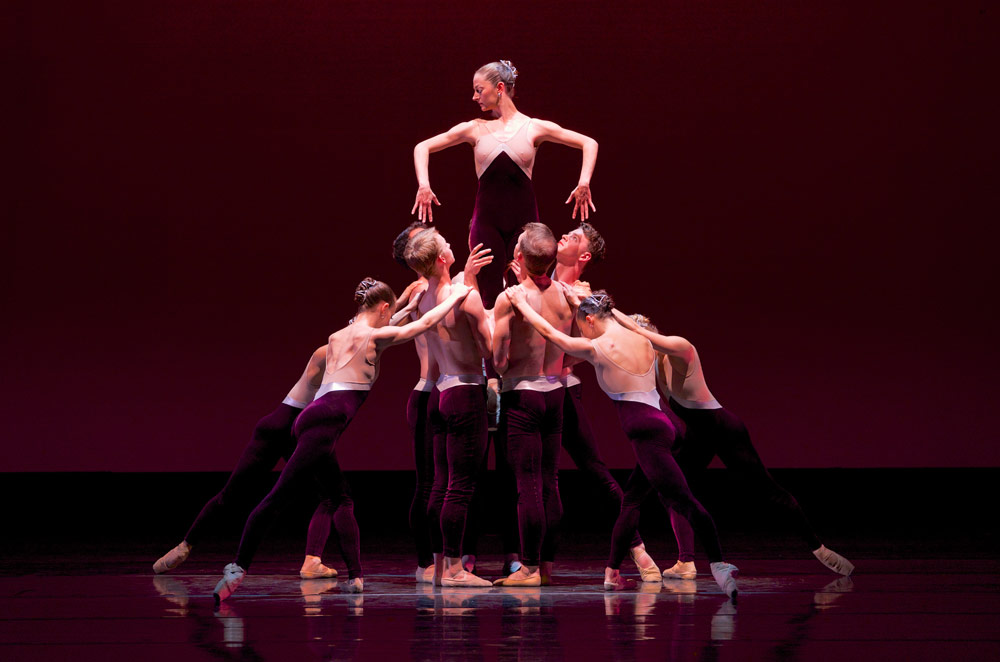
© Keith Sutter. (Click image for larger version)
The tricky issue now is how to continue to honor the founding father while offering both the audience new ballets and the dancers the level of challenging choreography that their talent deserves. A good model for a repertory company is the Joffrey Ballet. Robert Joffrey was the artistic director from its inception in 1956 until his death in 1988. Though the troupe bore his name, he didn’t choreograph much, but instead judiciously assembled an exemplary repertoire that included works by Ashton, Nijinsky, Massine, Balanchine, and Robbins. On the other hand, the company did also perform some not-particularly-illustrious crowd-pleasing ballets by Gerald Arpino. Unfortunately, when Joffrey died, Aprino took over the company, which then lost most of the lustre that Joffrey had polished so assiduously. Now under Ashley Wheater that company is emerging from its darker days.
Fushille is rapidly approaching the point where she will have to make the company either into a repertory company that continues her vision of acquiring work by top-tier choreographers, as witnessed by her recent inclusion of works by Kylián, Helen Pickett, Adam Hougland, Trey McIntyre, and Val Caniparoli, and perform Smuin’s work less frequently (The Christmas Ballet excepted), or let the company be saddled with dated ballets that impede the company’s ability to flourish and follow an upward trajectory.












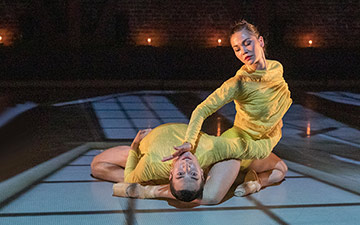


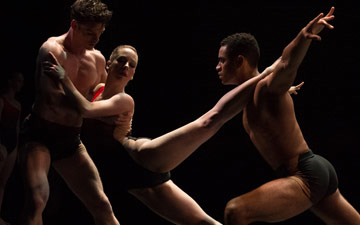
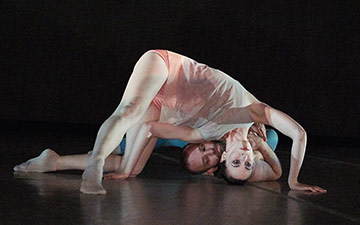
You must be logged in to post a comment.